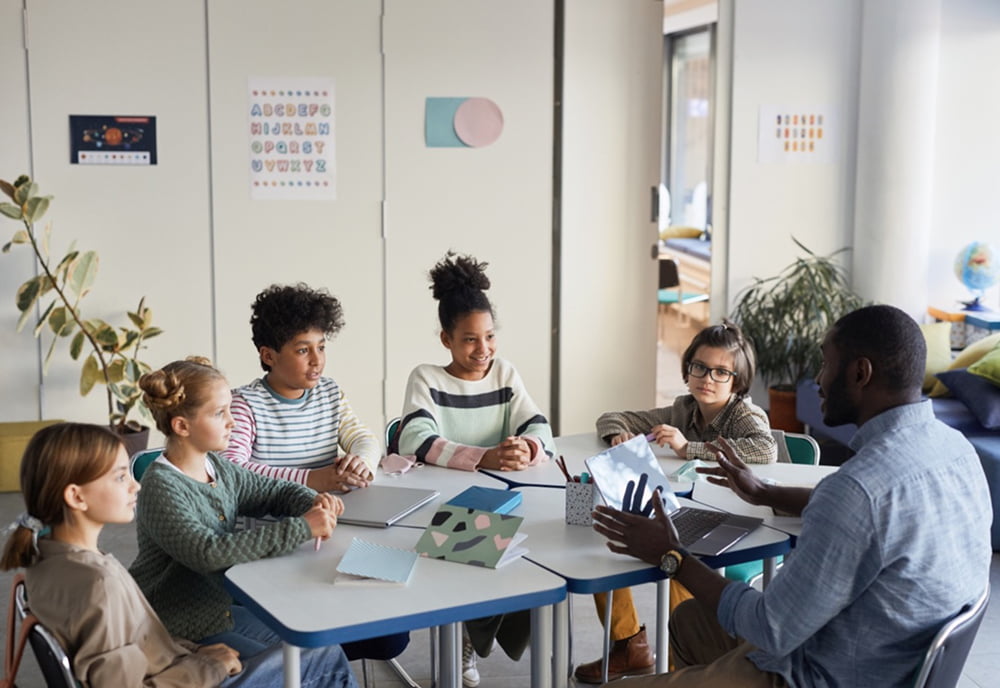

Educators know that capturing the attention of your students — and then keeping it — is an important part of the learning experience.
A common belief is that most students’ attention in the classroom begins to decline after the first 15 minutes of a lesson, but recent research shows attention can be sustained even longer. And thanks to emerging technologies in eye-tracking software, researchers can take a more in-depth look at how students learn and how engaged they are while doing so.
In a newly published research brief for the David C. Anchin Center for the Advancement of Teaching, USF Professor David Rosengrant, EdD, explores the use of eye trackers to study student attention and how educators can use the insights from this research to maintain interest in the classroom.
Contents
HOW CAN EYE TRACKERS BE USED TO STUDY STUDENT ATTENTION?
A device usually attached to a computer screen or a special pair of glasses, an eye-tracker is a piece of technology that allows researchers to get a more exact look at what a person is looking at and how. Rosengrant explored the use of this technology during a study his team conducted in an introductory physical science course for future teachers.
“Now, it is important to note that just because a student may have been looking at something we may want them to look at, does not mean they were actually paying attention,” Rosengrant writes. “The student could be looking at the instructor but wondering if they put deodorant on that morning. On the other side, they could be trying to think about how to answer a question while staring into the wall.”
So, if eye-trackers alone can’t measure student attention, how can they aid in this research? These devices can help measure student gaze and help researchers better understand patterns of eye movement, which provide useful information to determine whether a student is “on-task” during a lesson.
STRATEGIES EDUCATORS CAN USE TO KEEP STUDENTS’ ATTENTION
Every teacher has their own style and preferred methods for engaging with their students, but it’s important to ensure those methods also align with the needs of your students, Rosengrant writes.
Below are four tips researchers recommend for those looking to maintain student interest and attention in the classroom:
- Have the students take ownership of their learning. Keeping students interested in the material through hands-on activities where they get to “build knowledge for themselves,” is crucial to maintaining their engagement, Rosengrant writes.
- Vary instructional strategies constantly. Lessons that incorporate multiple strategies, like discussions, demonstrations, or digital media can help keep students on-task and avoid their focus from dwindling.
- Be human. The instructor is one of the biggest factors in a student’s desire to learn, Rosengrant writes. He suggests interacting with students, moving around the room, and using humor or passion for the subject matter to capture and retain their interest in the lesson.
- Reflect continuously. While important in all aspects of teaching, continuous reflection can help educators strengthen their methods, learn new strategies, and develop a mindset of continuous improvement in support of student learning outcomes.
[“source=usf.edu”]




